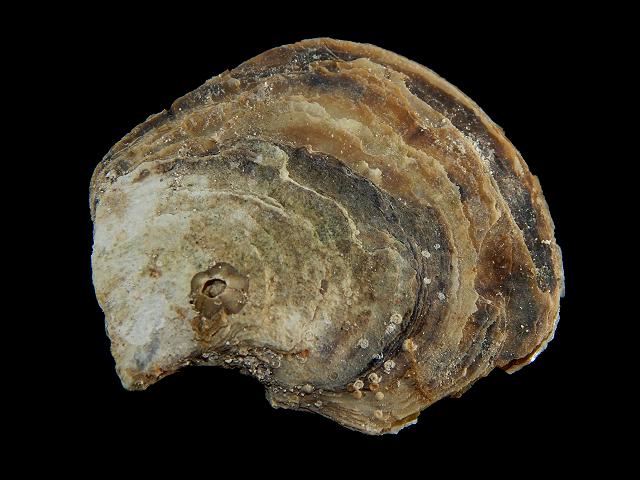
APHOTOMARINE
An educational resource dedicated mainly to the photography
and diversity of marine life that can be found in coastal waters
and intertidal areas of Great Britain and Ireland by David Fenwick.

Isognomon alatus (Gmelin, 1791) - Flat tree oyster (Marine bivalve images)
Scroll down and rollover titles to change screen image or click on title to view image.
Flat tree oyster
Isognomon alatus
- shell 1
Isognomon alatus
- shell 1
Specimen above is 36.4mm wide and was found under rocks on the low tide mark at Varadero, Cuba, July 2013. Specimens was purchased from for displaying here. Images taken 14.01.16.
Flat tree oyster
Isognomon alatus
- dorsal surface shell 1
Flat tree oyster
Isognomon alatus
- dorsal surface of shell 2
Flat tree oyster
Isognomon alatus
- external and internal surface 1
Flat tree oyster
Isognomon alatus
- interior of shell 1
Flat tree oyster
Isognomon alatus
- interior of shell valves 1
Flat tree oyster
Isognomon alatus
- hinge of valves 1
Flat tree oyster
Isognomon alatus
- hinge of valves 2
Flat tree oyster
Isognomon alatus
- hinge of valve 1
Flat tree oyster
Isognomon alatus
- muscle scar 1
The shell above is approximately 50mm across and was found at low tide at the base of a mangrove at San Blas Islands, Panama, Caribbean. It was collected in 2007. Photographed 07.01.16.
Isognomon alatus, the Flat tree oyster, is a species of Isognomon which has not been observed in the UK before, it is included here because it comes from the same geographic areas as other Isognomen species featured here.
The species is also found in the Gulf of Mexico as are other Isognomon species on this website. The specimen was purchased for reference and photography, should the need ever arise to identify the species here in the UK. It might be found on flotsam, wood, marine plastics or fishing floats or traps.

The main objective of this website is in furthering environmental awareness and education through the medium of photography. To increase awareness and access to the wildlife of the region and help
people find and identify it. Sometimes the difference between species is obvious but many species can only be determined by observing microscopic characteristics that are specific to any one species.